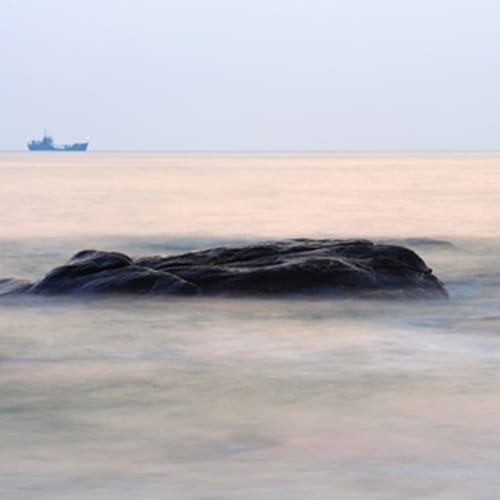The hull is a foundation of the body of any marine vessel, so protecting it is obviously a significant concern for the operator of any kind of ship. But when you're working on an especially large craft, then it becomes all the more obvious how appropriate watercraft insurance is needed. However, there are several issues boat owners need to consider when purchasing coverage.
For starters, there's the issue of what kind of hull system you have in place on the ship you're looking to get insured. A report from 2011 that was published on the official website of the U.S. Department of Transportation Maritime Administration features a description of the "double-hulling" process. According to this document, the amount of what it calls "double-hull" coastal tankers increased by 73 ships over a period of five years.
Even though that report focuses specifically on a certain type of vessel, the policies that determine when damage to a hull can be compensated might be different for a new breed of "ship" that stretches the boundaries of traditional shipbuilding tactics to new lengths.
This can be seen in the development of Shell's new "floating gas platform," which, according to Bloomberg, will be more than 1,600 feet in length if it meets the planned specifications and is completed on schedule four years from now. From the description, it seems that this ship isn't even intended to be taken out far on the water, but the exposure it sees could still cause wear and tear, especially given the heavy-duty work it is expected to perform.
With an experienced boat insurance provider on your side, you can find the right policy to cover your vessel or fleet.

